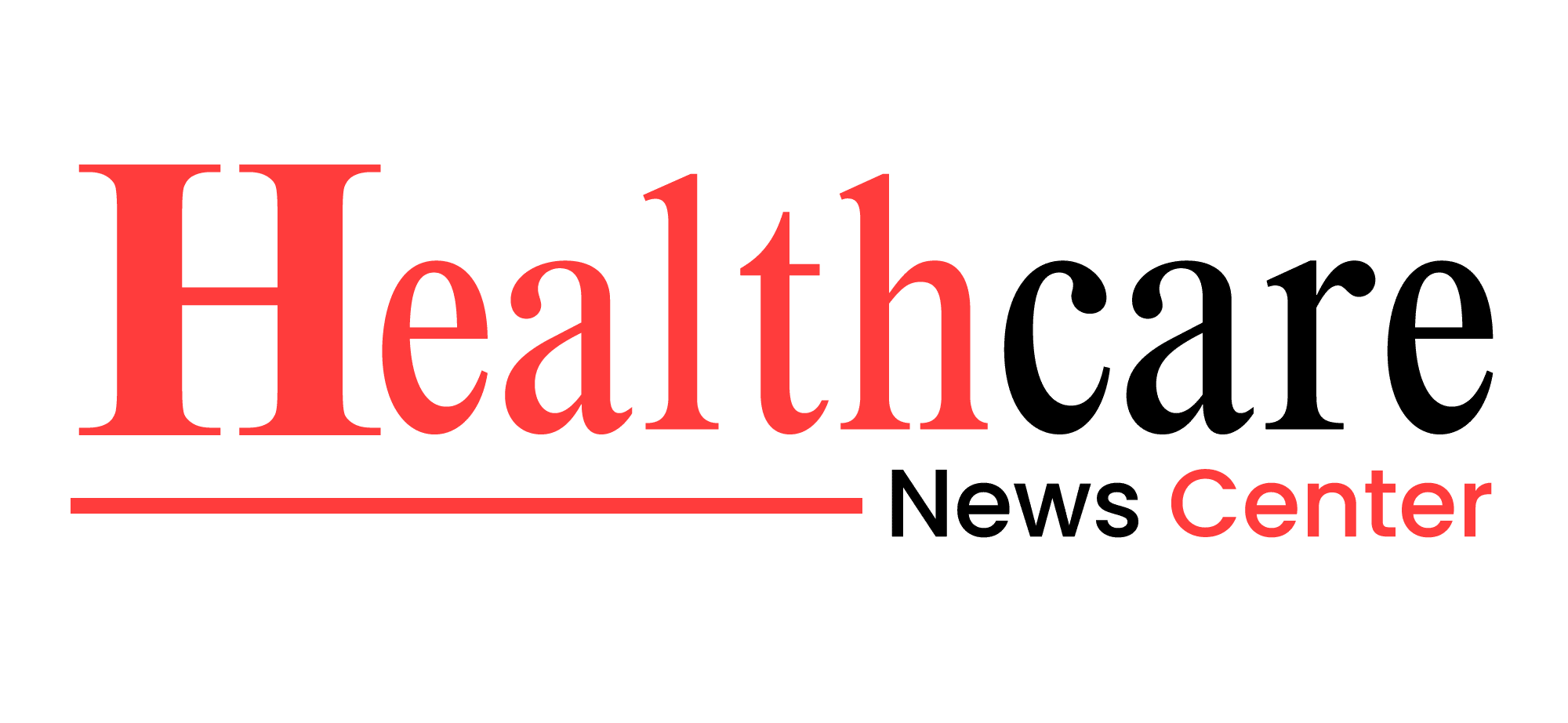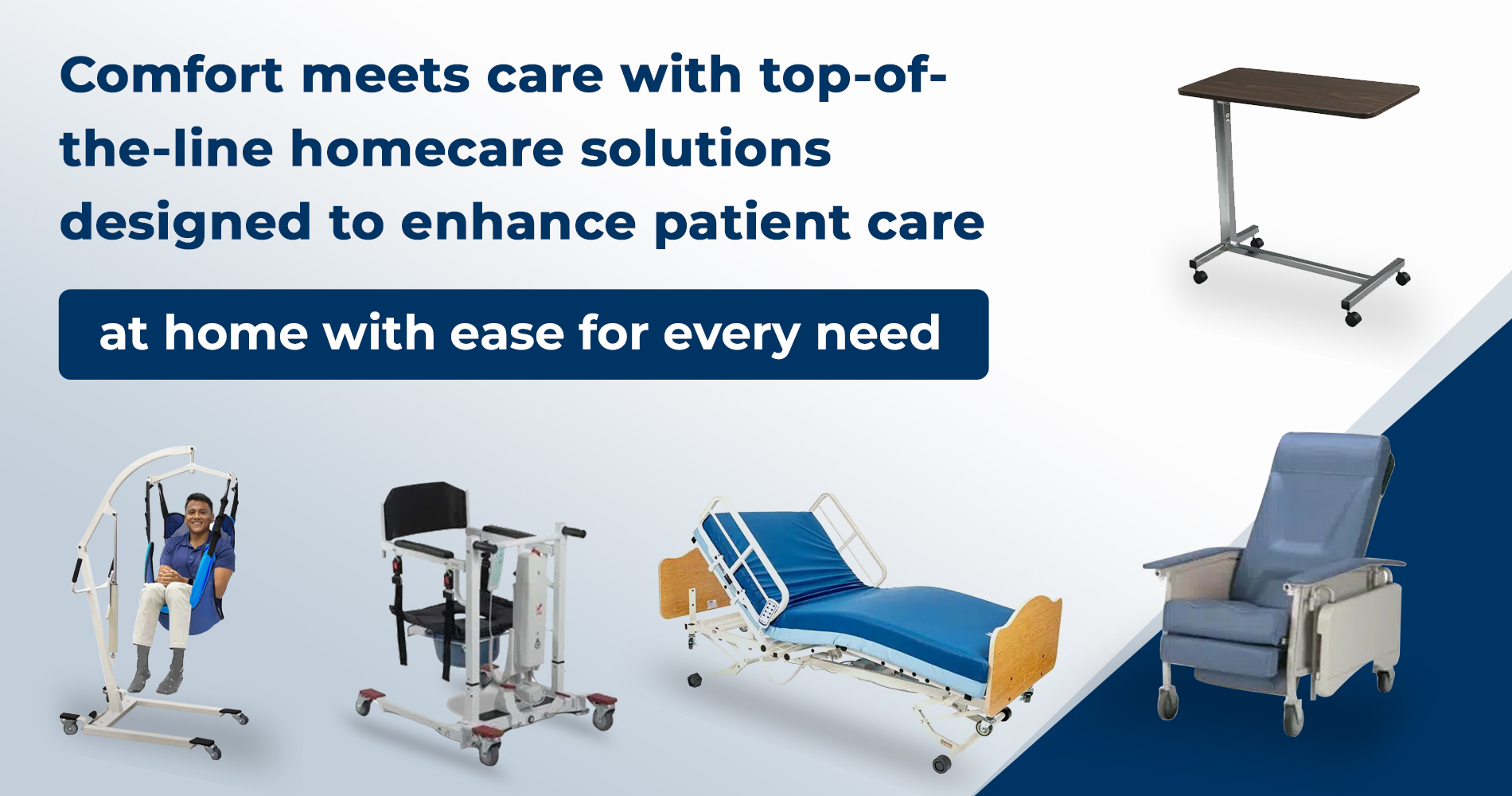In a startling revelation that underscores ongoing disparities within the healthcare system, a recent survey has found that half of U.S. health care workers have witnessed racism against patients. This finding highlights a critical issue in the healthcare sector, revealing that racial bias and discrimination persist despite efforts to promote equity and inclusivity in medical care.
Survey Insights and Statistics
The survey, conducted by the American Medical Association (AMA) in June 2024, surveyed over 2,000 healthcare professionals across the United States. The results indicate that 50% of respondents have observed instances of racial discrimination directed at patients within their healthcare settings. This includes disparities in treatment based on race, differential levels of respect, and unequal access to medical resources.
Among the reported incidents, healthcare workers noted that patients of color were more likely to receive substandard care compared to their white counterparts. This discrimination has been linked to various factors, including implicit biases among healthcare providers, systemic inequalities, and inadequate institutional policies to address and prevent racism.
Impact on Patient Care
Racism in healthcare not only affects the dignity and respect of patients but also significantly impacts their health outcomes. Studies have shown that racial bias can lead to discrepancies in the quality of care, with patients of color receiving less effective treatments or experiencing delays in diagnosis. This inequity contributes to broader health disparities, with marginalized communities often experiencing poorer health outcomes compared to their white counterparts.
For instance, research published in the Journal of the American Medical Association (JAMA) in March 2024 highlighted that Black patients are 30% more likely to face delays in receiving necessary medical interventions compared to white patients. Such delays can exacerbate health conditions and lead to more severe health issues.
Efforts to Address Racism in Healthcare
In response to these troubling findings, healthcare organizations are increasingly focusing on strategies to combat racism and promote equity. Initiatives include:
- Bias Training Programs: Many healthcare institutions are implementing comprehensive bias training for staff to raise awareness and address implicit prejudices. Programs aim to educate healthcare workers about the impact of their biases on patient care and provide strategies for mitigating them.
- Policy Reforms: Some organizations are revising their policies to ensure that anti-racism measures are embedded in their operational procedures. This includes creating protocols for reporting and addressing incidents of discrimination and ensuring equitable access to resources for all patients.
- Patient Advocacy: There is a growing emphasis on patient advocacy and support services designed to address and resolve issues of discrimination. These services often provide resources and assistance to patients who feel they have been subjected to unfair treatment.
Challenges and Future Directions
Despite these efforts, addressing racism in healthcare remains a complex challenge. Systemic issues, such as funding disparities and unequal resource distribution, continue to affect the quality of care provided to different racial groups. Additionally, the effectiveness of anti-racism initiatives can vary widely depending on the institution and its commitment to fostering an inclusive environment.
Experts suggest that a multi-faceted approach is necessary to effectively tackle racism in healthcare. This includes not only implementing training and policy changes but also engaging in ongoing dialogue about race and health equity. Ensuring that healthcare workers have the support and resources they need to address and report racism is also crucial for creating a more equitable healthcare system.
Conclusion
The revelation that half of U.S. healthcare workers have witnessed racism against patients highlights a pressing issue that requires immediate and sustained attention. As the healthcare sector continues to grapple with these challenges, it is essential for institutions to remain vigilant and proactive in their efforts to promote equity and inclusivity. By addressing racial discrimination head-on and implementing comprehensive strategies, the goal of providing fair and respectful care for all patients can move closer to realization.
For additional resources on combating racism in healthcare and promoting equity, organizations such as the American Medical Association (AMA) website and the National Institute on Minority Health and Health Disparities (NIMHD) site offer valuable information and support.
By fostering an environment of respect and equality, the healthcare industry can work towards eliminating disparities and improving outcomes for all patients.
4o mini

